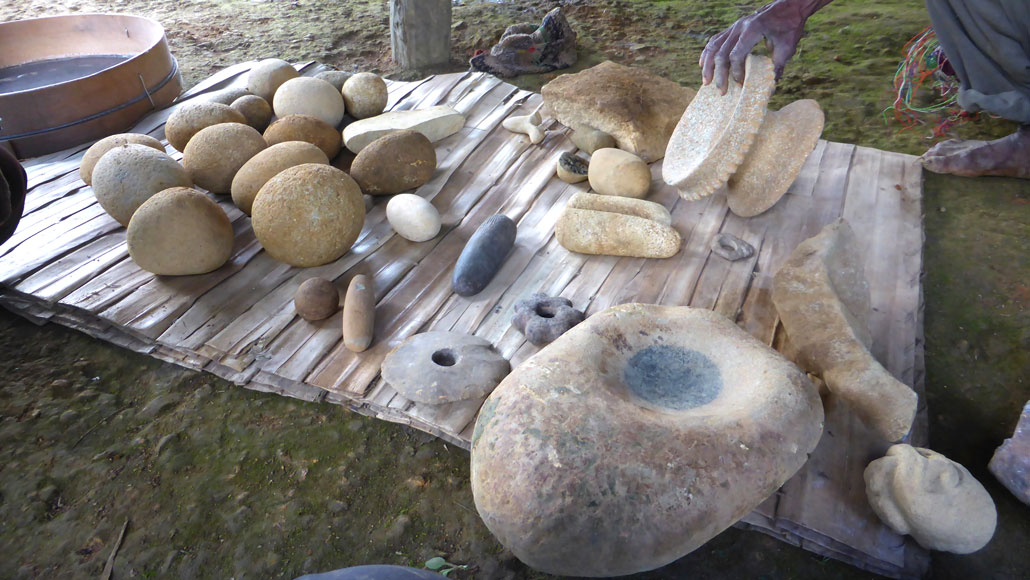New Guinea’s Neolithic period may have started without outside help
Artifacts counter the idea that cultural changes sparked by farming were imported from Asia

Excavations at New Guinea’s Waim site began in 2016 after local residents discovered these stone artifacts. The finds included mortars, pestles, carved faces and club heads.
B. Shaw







